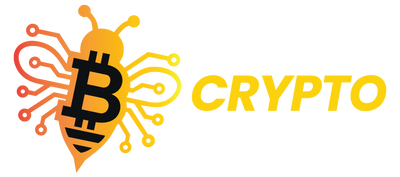Gas Fees (AKA the “toll roads” of Ethereum) made simple
If you’ve ever tried sending Ether or using a decentralised app and thought “Why is this costing me extra?” – welcome to the world of gas fees. These are the transaction costs you pay to use the Ethereum blockchain, charged in Ether (ETH) or its tiny fraction called gwei (that’s one-billionth of an ETH).
Think of gas fees as the fuel that keeps the Ethereum machine running. Without them, validators – the folks securing the network – would have no incentive to do their job. And trust me, you don’t want an unmotivated validator.
TL;DR |
|---|
|
Gas Fees in Plain English
At their core, gas fees are what you pay to get things done on Ethereum. That might mean:
- Sending ETH from one wallet to another
- Interacting with a smart contract (e.g., buying an NFT, swapping on Uniswap)
- Or running any program built on Ethereum’s engine, the Ethereum Virtual Machine (EVM)
Validators process your transaction, and in return, they get paid in gwei. Simple enough – but the mechanics get a bit more interesting.
How Gas Fees Are Calculated
Every Ethereum transaction has two key ingredients:
- Gas Limit – How much “work” you think your transaction will take. It’s the maximum amount of computational effort you’re willing to pay for.
- Gas Price – How much you’re willing to pay per unit of that work, usually measured in gwei.
Multiply those two, and you get the transaction cost.
There’s also the option to throw in a tip (known as a priority fee). Think of it like slipping the barista an extra dollar – your coffee (or in this case, your transaction) might get served faster. Set your gas limit too low, though, and your transaction could get stuck in limbo, waiting for validators to care enough to pick it up.
Why Do Gas Fees Exist?
Gas fees solve two big problems:
- Incentives for Validators: Without rewards, validators wouldn’t bother securing the network. Gas fees make sure they’re compensated for their work.
- Spam Prevention: By attaching a cost to every transaction, the system makes it expensive for bad actors to flood the network with junk.
Gas Fees and the Ethereum Virtual Machine
The EVM is like a massive decentralised computer that runs all the apps on Ethereum. Whether it’s NFTs, DeFi platforms, or new tokens, they all rely on the EVM. And every single action on this giant computer requires – you guessed it – gas fees. Without gas, the EVM doesn’t run.
Gas Fees and Network Congestion
Here’s where things get spicy: gas fees are not fixed. They fluctuate based on supply and demand.
- High traffic (congestion): Gas fees skyrocket. Think of peak-hour Uber surge pricing.
- Low traffic: Gas fees drop, and you might snag a bargain transaction.
Timing is everything. Want to save a few bucks? Wait until the network isn’t as busy before you hit send.
Stay safe. Stay smart. Be Crypto Safe.
Education is your best defence. Unlock member-only guides, checklists, and tools designed to protect your crypto, stay safe and be compliant.



